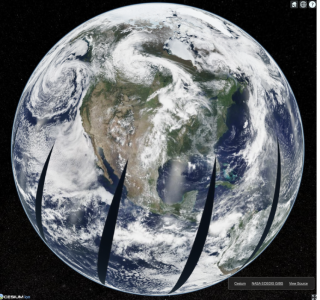Filter By
Data sonification allows researchers, scientists, and individuals to use their sense of hearing to interpret and analyze complex datasets.
If you're interested in retrieving NASA Earth Science imagery visualizations via the Global Imagery Browse Services to use in your own applications, you've come to the right place—and we've updated our web examples.
Teams and projects within IMPACT advance stewardship of Earth observation data.
The Report Generation Tool tool is based on the Algorithm Publication Tool’s (APT) framework and provides an interface for assessment teams to collaboratively curate standardized reports.
IMPACT members explore how large language models may influence how scientific output is accessed and legitimized.
IMPACT members examine the impact of generative large language models (LLMs) on NASA’s open science initiative.
NASA's Satellite Needs Working Group facilitates the decision-making process for determining the types of data and processing tools that might be most useful to a wide variety of federal agencies.
IMPACT researchers leverage machine learning to study the physiological changes that occur as a consequence of spaceflight.
Computer scientist Iksha Gurung uses algorithms to blaze trails for Earth science researchers.
Foundation models represent a new paradigm of creating artificial intelligence systems.

